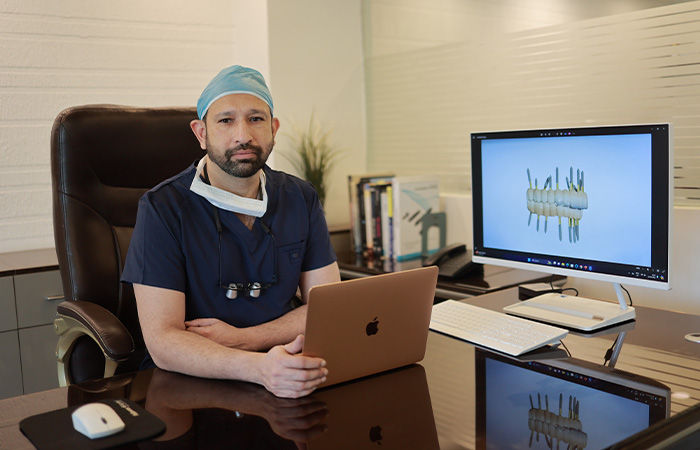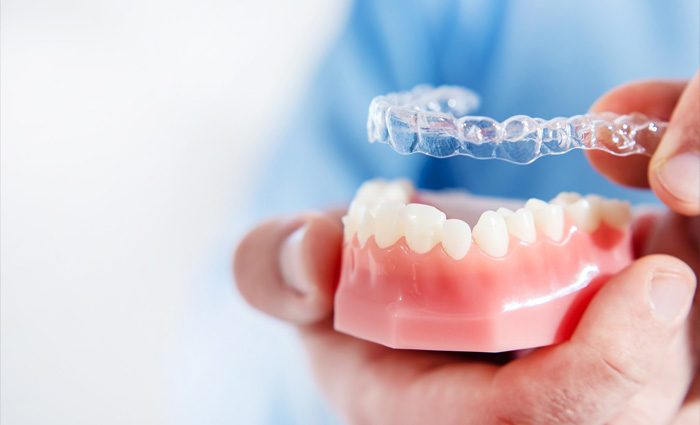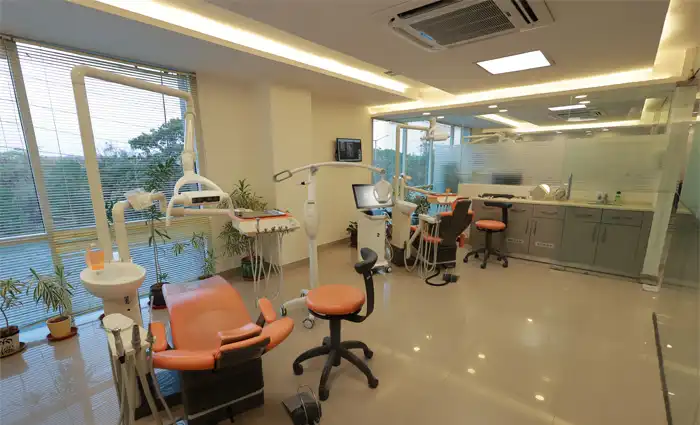What is Tooth Extraction?
A tooth extraction involves completely removing a tooth from its socket, widely known as “pulling” a tooth.
Reasons for Tooth Extraction
Dentists will always try to preserve natural teeth when possible. However, in cases where dental fillings or crowns are no longer effective, it may be necessary to remove the damaged or diseased teeth. A dentist may recommend an extraction if you have the following conditions:
- Severe tooth decay
- A fractured tooth
- An impacted tooth
- Crowded teeth
- Severe gum disease
- Dental injuries
Types of Tooth Extraction
Simple extraction: This involves the extraction of teeth that are visibly present in the oral cavity and have intact crowns. A local anesthetic is given to prevent pain and minimize discomfort.
Surgical extraction: This involves the extraction of teeth that are hard to access inside the mouth. This could be due to an incomplete eruption through the gum or fractures below the gum line.
Wisdom teeth extraction: This involves the extraction of the wisdom teeth. Wisdom teeth, also referred to as the third molars, are an extra set of adult teeth that will usually show up behind the rear upper and lower molars. They usually come in during early adulthood, between the ages of 18 and 24, and could result in other issues such as tooth crowding and impaction.
The Tooth Extraction Procedure
At first, the tooth and the surrounding gum will be numbed by your dentist using local anesthesia. The tooth will then be extracted using dental instruments such as forceps or elevators. If a tooth is infected extensively at the gum line or decayed, it may require the removal of some part of the gum through cutting. After extraction, the socket will be cleaned and disinfected. Your dentist may also opt to insert a dental bone graft to prevent bone loss in the jaw. Lastly, stitches may be placed to aid in the healing process.
Post-Extraction Care
Once the procedure is finished, your dentist will place a gauze pad on the extraction site and request that you apply firm and consistent pressure by closing your mouth. This action serves to minimize bleeding and promotes the formation of a blood clot. Once the bleeding has sufficiently decreased, you can remove the gauze. It is normal to experience slight bleeding for the initial 24-hour period.
Home Care Instructions
After your dental extraction, your dentist will give you a complete set of instructions about what you should and should not do. Here are some general suggestions to help you recover quickly:
- Softly rinse the area with an antimicrobial mouthwash two to three times daily. Do not brush directly over your extraction site until your dentist advises you to do so.
- Take all antibiotics and pain relievers as directed.
- Refrain from engaging in strenuous activity for a minimum of two days.
Dietary Guidelines
Consume soft foods and liquids during the initial days and avoid hard and crunchy foods. Additionally, it is recommended to avoid using straws for drinking, as this can displace blood clots and lead to dry sockets.
Potential Complications and Risks
Some patients may encounter specific risks and complications after a tooth extraction.
Bleeding
Bleeding is a regular occurrence after a tooth has been pulled. However, people who have clotting issues or are on blood thinners may experience prolonged bleeding. Unless complications arise, the bleeding typically subsides within one to two hours.
Dry Socket
The removal of the blood clot that forms after a tooth extraction gives rise to a dry socket. Although there are situations in which the clot will not form naturally, it is mostly the patient who unknowingly triggers a dry socket by dislodging the clot. Suction activities, e.g., smoking or using a straw, can result in the removal of the blood clot. Additionally, excessive brushing or rinsing can be a factor in the occurrence of dry sockets.
Infection
Oral cavities can harbor bacteria, so infection may develop after tooth extraction. If you feel pain or see pus, let your dentist know as soon as possible so that he can check if there is an infection.
Fracture
While it is common for a tooth to break during its extraction, this fact does not matter since you are getting rid of the tooth anyway. Though if unintentionally a part of the tooth is left inside, it can be the cause of an infection or cyst.
Benefits of Tooth Extraction
Tooth extraction offers numerous advantages, such as:
- Relief from pain and discomfort
- Improvement in oral health and overall well-being
- Reduces harmful bacteria that may cause damage to teeth and gums
- Prevention of the spread of infection or decay
- Enhancement of oral function and aesthetics
Toothache has the potential to disrupt your daily life, leading to discomfort while talking or eating. Opting for a tooth extraction can relieve these issues and enhance your overall comfort.
References
- Tooth Extraction. Cleveland Clinic. https://my.clevelandclinic.org/health/treatments/22120-tooth-extraction. Accessed on 07 June 2024.
- Tooth extraction. Mount Sinai. https://www.mountsinai.org/health-library/surgery/tooth-extraction. Accessed on 07 June 2024.
- What to do following an extraction. Oral Health Foundation. https://www.dentalhealth.org/what-to-do-following-an-extraction. Accessed on 07 June 2024.








